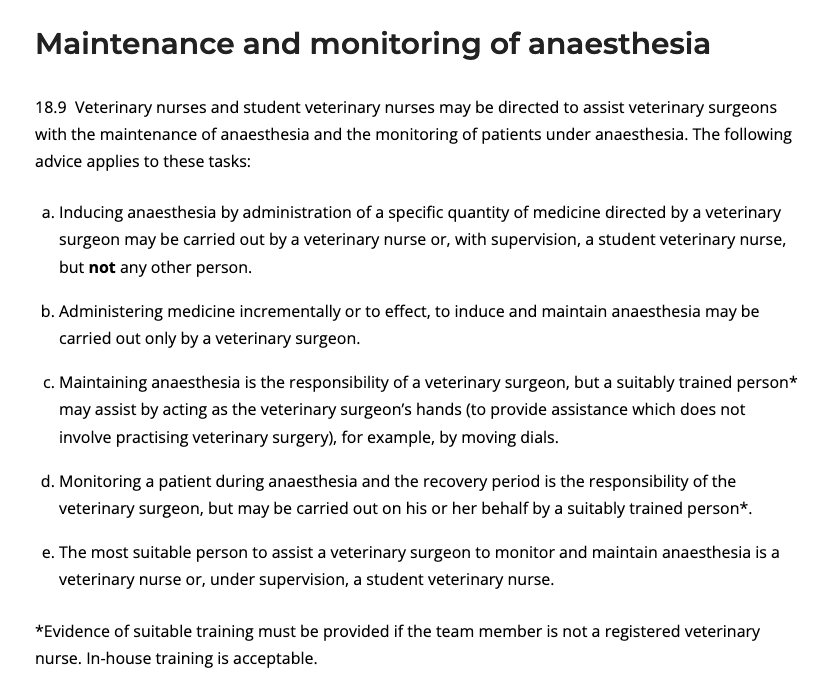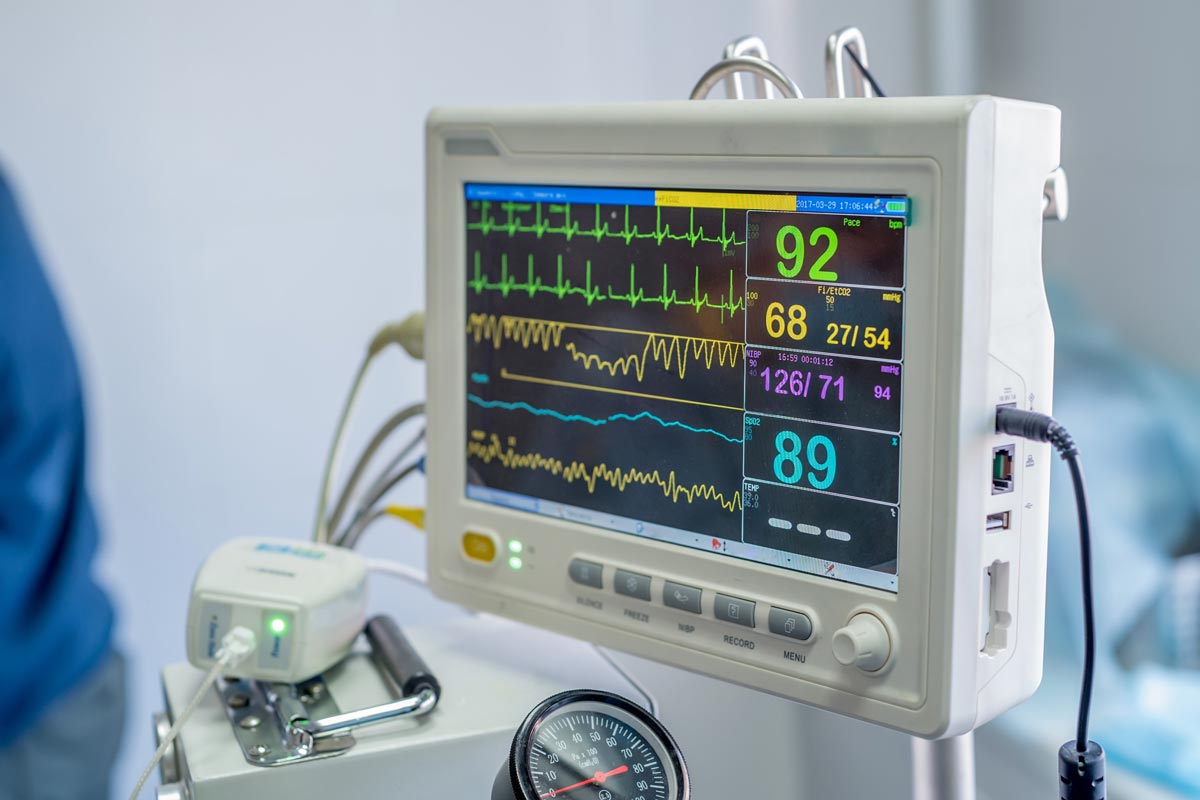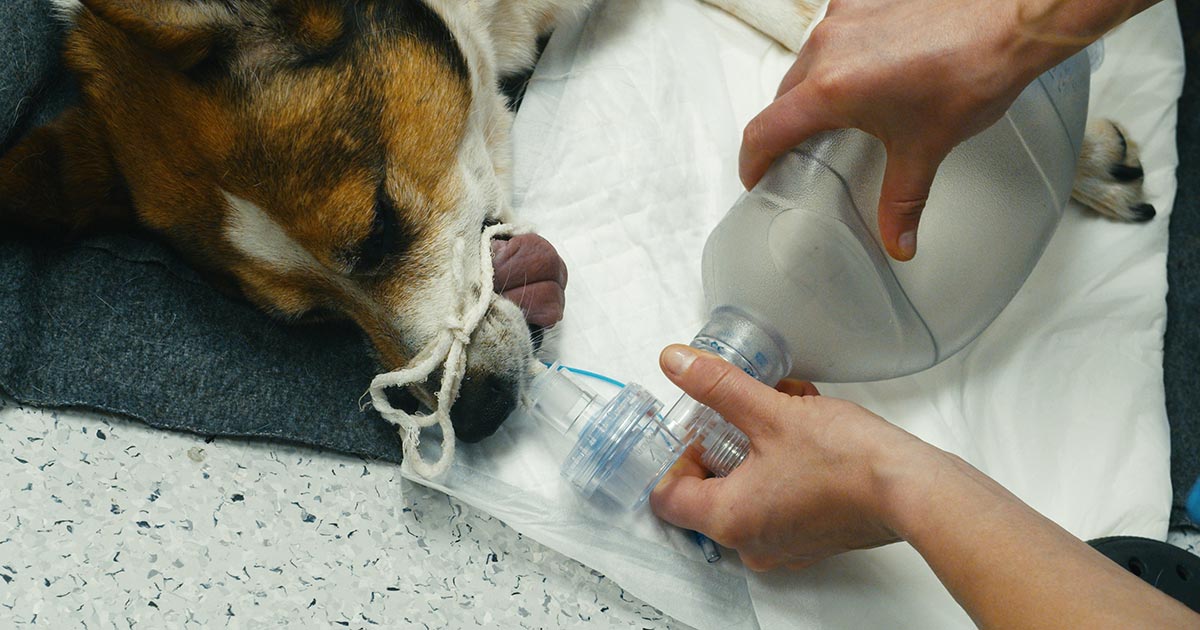Despite having celebrated a “COVID freedom day” it would appear that, in the veterinary world, the Groundhog Day of anaesthesia monitoring debates continues.
I have seen posts recently by vets and vet nurses that seem to not understand the wording or interpretation of the Code of Professional Conduct around registered vet nurses, laypeople and anaesthesia in small animals. So, while I have written on this before, it seems a good time to revisit and give you the facts.
Delegation
First, let’s consider the role of vets delegating anaesthesia:
In previous times, the role of anyone assisting the vet with anaesthesia was limited to “monitoring” or “being the vet’s eyes and hands” – meaning the assistant:
- monitored vital signs
- advised the vet of any changes
- carried out the vet’s wishes for the level of gaseous anaesthesia required
However, there has been a change in the Code of Professional Conduct and, while this wording is still used for the role of a “suitably trained person”, there is an update specifically for RVNs. Points 18.9 and 18.9a of the supporting guidance to the code are the key areas – with note to the use of the word “assist” and “maintenance and monitoring”.

Point 18.9a is of particular relevance as there are ways to induce anaesthesia that do not require incremental dosing, so discussing anaesthesia options as a team and considering your clinic needs may help spread the workload.
As with any other delegation, if a task is delegated to a veterinary nurse they become professionally responsible for the task. If a task is delegated to a layperson then the vet retains full responsibility, as in 18.9c and d (above).
Vets should therefore consider that delegating anaesthesia tasks to lay staff is not the same as when delegating to an RVN (see 19.8 and 19:14, below). This difference and the anaesthesia being delegated should be kept in mind.


Also, just because someone is on the rota for an anaesthesia shift does not mean they need to, or should, do every anaesthesia on that shift – and I include myself in that statement.

Delegation to veterinary nurses
Under the Code of Professional Conduct there are now two clear rules for non-veterinary surgeons supporting anaesthesia.
18.9a is where the RVN and supported SVN role are clarified. This is where the role includes assisting with maintenance and monitoring of anaesthesia. No longer is the RVN just the “hands of the vet“ when it comes to inducing anaesthesia by administration of a specific quantity of medicine, under direction.
However, in 18.9d we can see the different role of the suitably qualified lay person. The mention of assist and maintain anaesthesia is not present, and the role is that of the “hands of the vet”. Thus delegation is not the same for every person a vet can delegate to.
Need to know
These are small, but key differences in delegation and team dynamics, and require good communication between all staff to allocate appropriate roles and workloads that help the vet team and the patients stay safe.
As vets are required to delegate to, and work more closely with, veterinary paraprofessionals in the future, we all will need to ensure we understand the Code of Professional Conduct and how to work within it.
While the anaesthesia debate may be one that causes much divide, it really shouldn’t – it’s a protected task for the vet team, so it is a case of communicating well and working together. We are stronger united.
Official support
The RCVS has provided some help for delegation in the shape of case studies and the “SUPERB” checklist. I have used the case studies in CPD events and team building, so it may be that these resources could stimulate productive conversations on anaesthesia in your team and how to utilise everyone’s skills for the benefits of all.
The RVN is no longer only the “hands of the vet”.

Leave a Reply